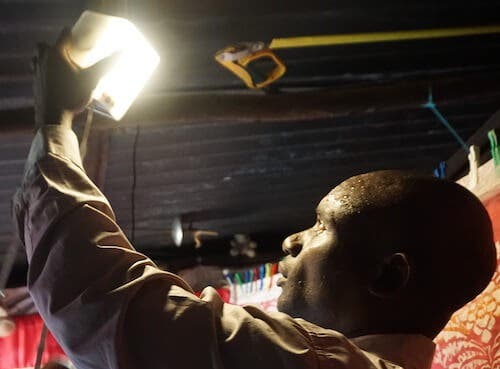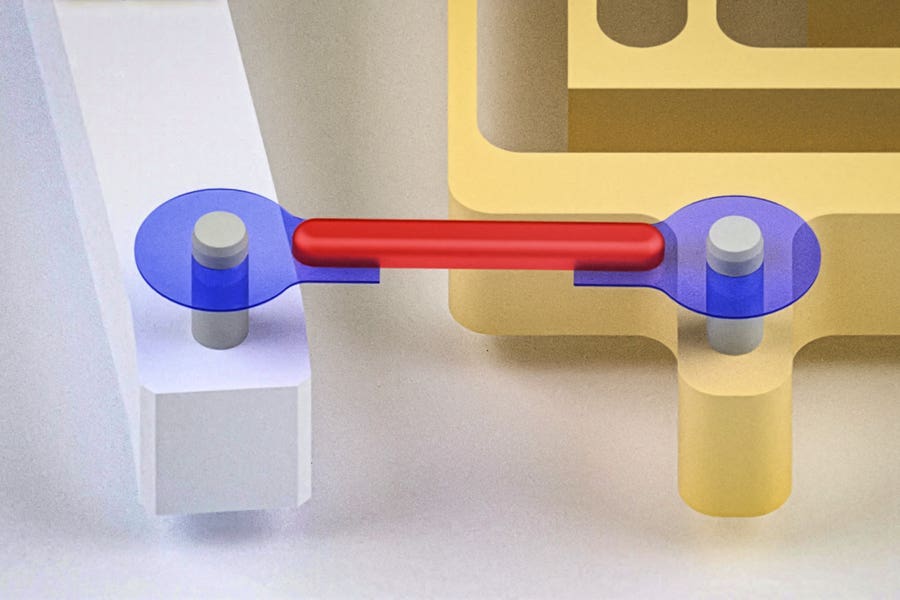New, low-cost, lighting technology can brighten lives in the developing world
There are approximately 840 million people worldwide who do not have access to electricity despite rural electrification efforts.

[Dec 17, 2021: Habeeb Onawole]
There are approximately 840 million people worldwide who do not have access to electricity despite rural electrification efforts. Furthermore, in many places people with electricity can only rely on intermittent and substandard electric power.
Statistics show that 67% of the developing world still goes without household electricity. To compensate, many of the communities in the developing world rely on dangerous, polluting and expensive kerosene lamps for light.
The 10 countries with the lowest access to electricity are:
South Sudan (5.1% of population)
Chad (6.4% of population)
Burundi (6.5% of population)
Malawi (9.8% of population)
Liberia (9.8% of population)
Central African Republic (10.8% of population)
Burkina Faso (13.1% of population)
Sierra Leone (14.2% of population)
Niger (14.4% Of Population)
Tanzania (15.3% Of Population)
Access to electric power access brings many benefits, which include enjoying a range of social, economic, and technological advances.
Pull the cord... Generate electricity... Never run out of power.
In 2009, Therefore design consultancy was approached by the charity SolarAid, with a brief to develop an extremely low-cost solar light for under $5.
Their goal was to create a sustainable alternative to dangerous, polluting and expensive kerosene lamps, which hundreds of millions of people rely on for lighting.
Designers Martin Riddiford and Jim Reeves determined that batteries and photovoltaic panels were too expensive for a $5 solar lantern to be possible. They decided to look beyond solar and battery powered devices for another means of generating electricity.
Their search led to the insight that thanks to dramatic improvements in LED technology, it would be possible to create electric light by harnessing the energy potential of gravity.
Related Stories:
After more than two years of experiments, Jim and Martin and their new company Deciwatt had created a working prototype and were ready to test the product in the real world.
A highly successful crowdfunding campaign provided the funding necessary for tooling, manufacture and distribution of GravityLight 'GL01'. Field tests of GravityLight were run in 26 different countries. Over 90% of participants said they would use a GravityLight instead of a kerosene lamp.
The trial participants also provided invaluable feedback that would be used to improve the design of GravityLight prior to a larger commercial launch.
After the introduction and refinement of GravityLight 'GL02' in Kenya, the longer lasting and more versatile nowlight was born.
Introducing nowlight
nowlight was designed to provide a clean, affordable, large capacity alternative to kerosene lamps. Unlike other solutions, nowlight has no reliance on external factors such as sunlight.
There are brighter flashlights and bigger power banks, but what will you do if the batteries are empty in an emergency? With a nowlight, you just pull the cord for instant light and power.
According to Deciwatt, pulling the cord for just one minute will generate up to 2 hours of light or 15 minutes of talk time on a mobile phone. If you don’t want to use the pull cord, nowlight also charges via an included 3W solar panel or even a DC outlet.
The time it takes to charge the 3200mAh built-in battery for each method is listed below:
Manual charging (pull cord) – 24 minutes
Mains (DC Outlet) – approx. 4 hours
Provided solar panel – approx. 5 hours
If you want to illuminate more rooms with nowlight, there are smaller lamps called SatLights that can be connected to the main lamp.
The nowlight lamp has five brightness levels (10, 20, 40, 80, and 160 lumens). It also has a display that shows the hours of light remaining depending on the brightness level chosen. Apart from illumination, the lamp can also charge a single USB-powered device through its 5V/1.5A USB output port.
Note: Materials provided above by freelance writer Habeeb Onawole. Content may be edited for style and length.
Like these kind of feel good stories? Get the Brighter Side of News' newsletter.
Tags: #New_Innovations, #Lamp, #Clean_Energy, #Sustainability, #Green_Good_News, #Science, #Technology, #The_Brighter_Side_of_News



